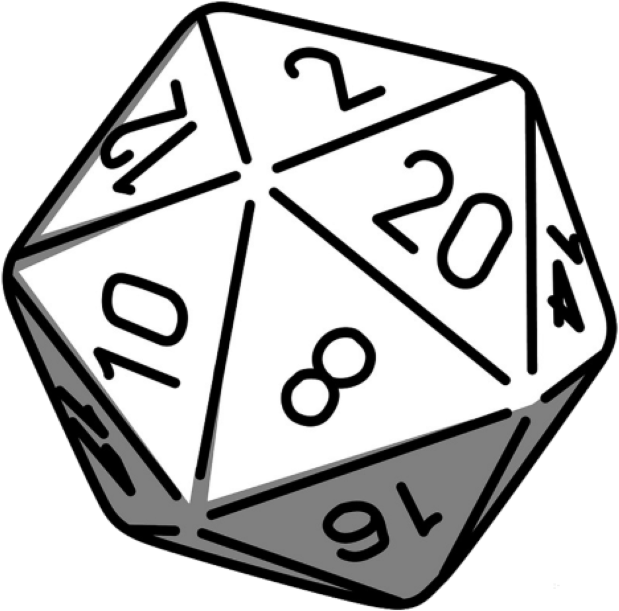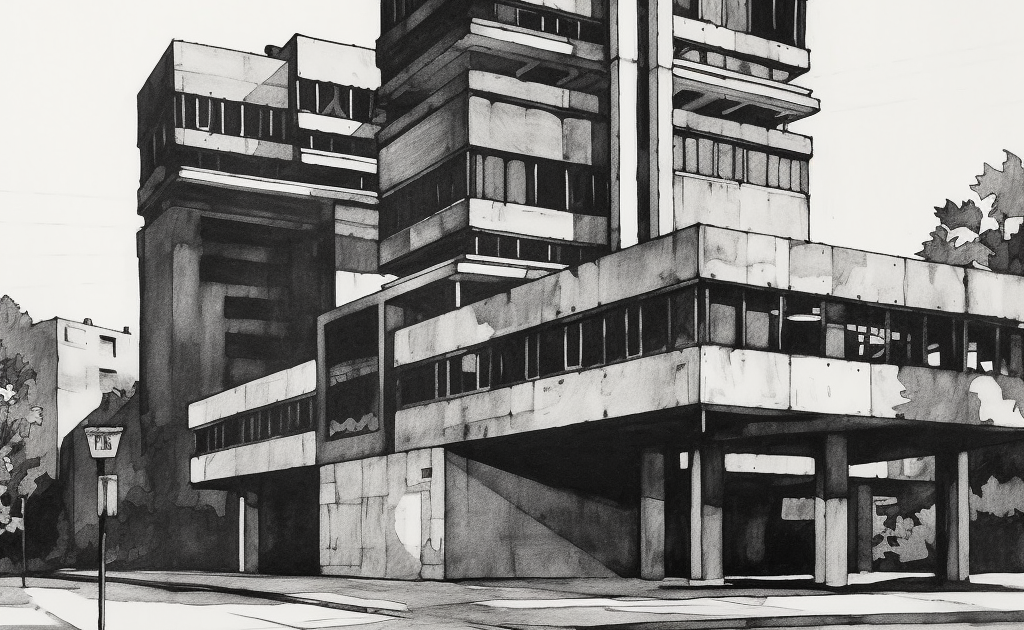This looks like rather good advice, and I like the comparison to brutalist architecture. It feels like it fits, because so many seem to think brutalist architecture is ugly.
Personally, I like how functional it is; and similarly, functional (if plain) adventures make for good sessions.
No plot survives contact with the players. Prepping places and people always works better for me than plot, at least now I’ve got some confidence improvising.
I think this is a good base but I do like a lot of the fluff and twiddly bits in stone games for adding flavour and interest. I think a true brutalist game wouldn’t be much fun to play as you’d end up with not much game to play in.
I think there’s a distinction to be made between game mechanics and game content here. I think a brutalist content style is… usually a bad fit for tabletop, but I think there’s some worth to the idea of lower cognitive load on the mechanical end. Kind of calls systems like Fate Core and Cairn to mind on that front; straightforward, generative core mechanics, but actual games can range from pretty stock fantasy material to absolute gonzo dreamscape depending on the game and table in question.
That being said… mechanical crunch and wacky, complicated mechanics can be really enjoyable as well. I think that’s pretty much a “tastes vary between people and time” kinda thing, there.
That’s true, I have been leaning heavily to narrative games lately so there’s something to be said about mechanical simplicity and still telling fun stories together.




